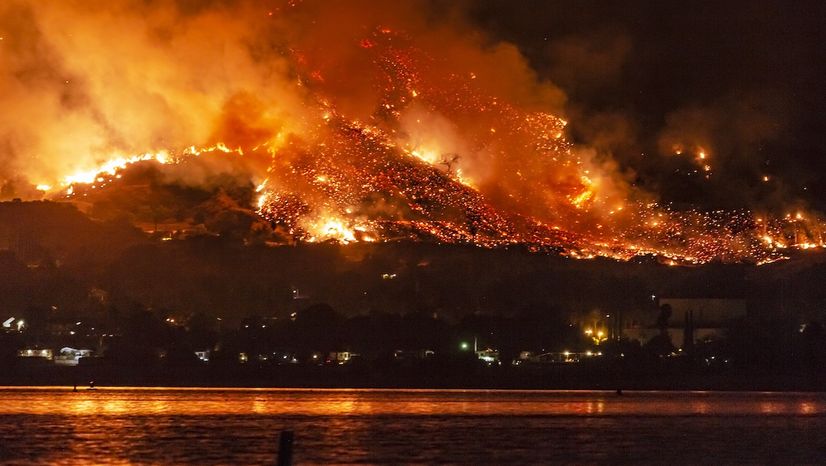Homebuyers have become increasingly worried about natural disasters. After witnessing the deadly carnage wrought by wildfires, storms, and the problems related to extreme heat and cold, natural disasters have become top of mind for homebuyers. More than 3 in 4 recent buyers, 78%, took them into account when choosing the locations of their homes, according to a recent Realtor.com® survey.
More than 3,000 people were surveyed in July. “It’s really good to see homeowners wanting to know more about the risks of their homes. The risk is invisible,” says Tom Larsen, a principal of industry solutions at real estate data firm CoreLogic. When you purchase your home in a pretty neighborhood you may not be aware of the catastrophic dangers. “Everything has some risk. There is no risk-free home.” Overall, about 62% of homebuyers, not just recent ones, are worried about the threat of natural disasters. The fear of flooding was more common in urban areas while tornadoes, extreme cold, and winter storms were more anxiety-producing for those in rural and suburban communities.
Nearly half of survey respondents, 47%, are more worried than they were five years ago as many of the disasters have become more frequent and severe. It’s enough of a problem that about a third of respondents are apprehensive enough to consider selling their home, moving, or both to avoid a potential future disaster. Homeowners were the most concerned about tornadoes, at 39%; severe cold or winter storms, at 38%; flooding, at 35%; hurricanes, at 29%; earthquakes, at 21%; wildfires, at 17%; droughts, at 11%; and sinkholes, at 8%.
This year, the nation has been battered by multiple storms, including Hurricane Ida, which destroyed homes and claimed lives along the East Coast. On the West Coast, wildfires have torn through parts of California, including around popular Lake Tahoe. But while wildfires in California tend to get most of the attention, Wyoming and Idaho have higher risks, according to a recent report from CoreLogic. About 0.29% of the housing stock in Wyoming and 0.22% in Idaho are at risk from the fires—compared with just 0.10% in California.
That’s a bit misleading, though. For example, about 15,000 housing units are at risk of a once-in-50-year wildfire in California. But there are roughly 14.4 million homes in the state. In Wyoming, there are just 821 at risk—but only about 282,000 housing units in total in the entire state. (CoreLogic came up with its conclusions by identifying the risk of a once-in-50-year wildfire in the 14 most wildfire-prone states. Then the data provider figured out how many homes could potentially be affected compared with the available amount of housing stock in the state.)
This means that more homes are burning in California. So a fire in a heavily populated part of the Golden State could affect more homes than there are in all of Wyoming. Other states also had higher risks. In New Mexico, roughly 1,621 homes, or 0.17% of the total housing stock, are potentially in harm’s way. In Utah, 1,783 homes, or 0.15% of all homes in the state, were at risk, and in Nevada, 1,800 homes, or 0.14%, were at risk. “Homeowners should be thinking about the proximity of wild lands and forested areas,” says Larsen. “Those are the source of potentially uncontrollable fires.” He advises residents to keep grass, dead leaves, and other vegetation that can easily burn away from their homes.
“Be aware of their whole neighborhood. Are there certain parts of the forest in drought conditions? Or are they doing controlled burns to mitigate the risk?”. Stay tuned.

